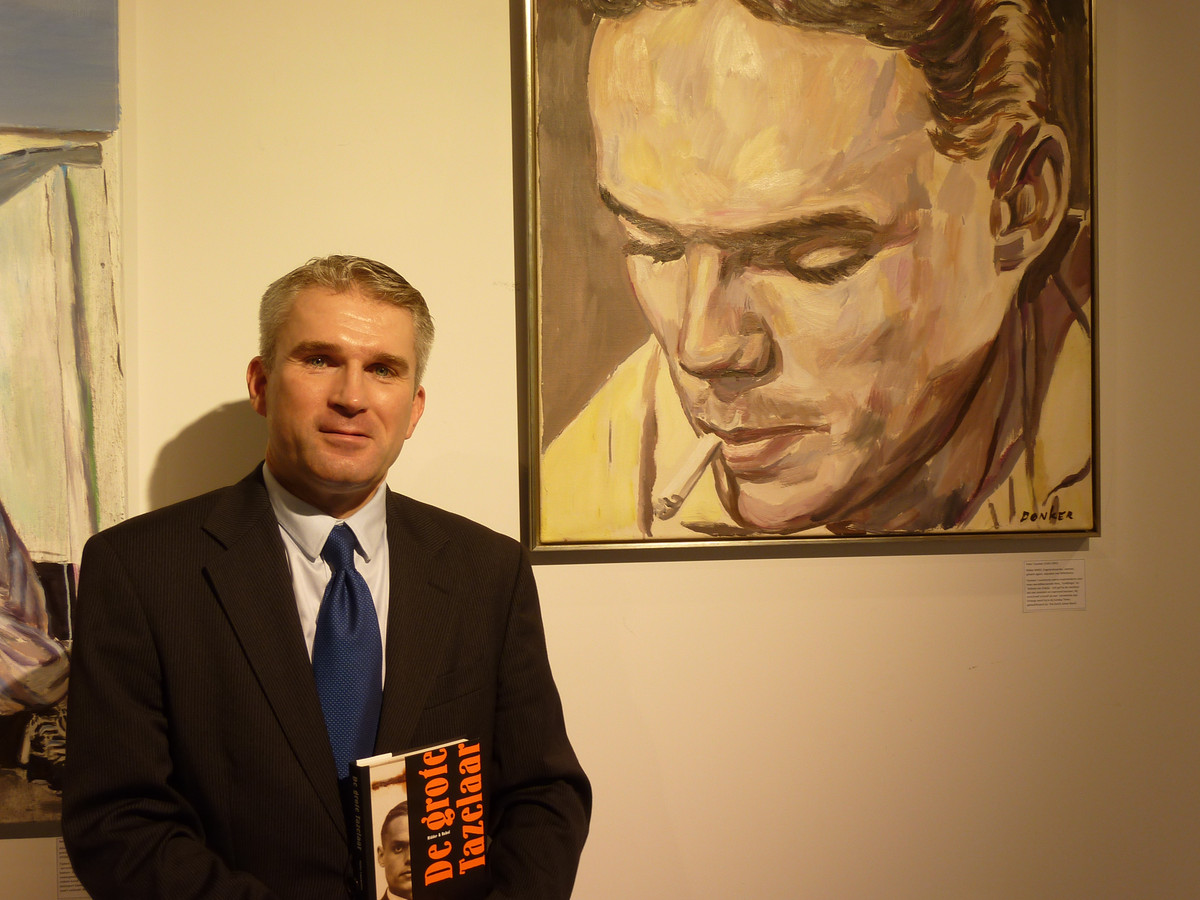The Papal Conclave: A Step-by-Step Guide To Electing The Pope

Table of Contents
The Process: Stages of the Papal Conclave
The Papal Conclave, the process by which a new Pope is elected, unfolds in several distinct stages, each steeped in ritual and tradition.
2.1 The Sede Vacante Period
The period between the death or resignation of a Pope and the beginning of the Conclave is known as the Sede Vacante (vacant see). This interim period is crucial for preparing for the election. The College of Cardinals, the body responsible for electing the new Pope, assumes governance of the Vatican City State. During this time:
- The Cardinal Camerlengo manages the Vatican's temporal affairs.
- Arrangements are made for the Conclave's location, security, and logistics, including ensuring the cardinals' accommodation and communications are secure.
- The cardinals gather in Rome, awaiting the commencement of the Conclave.
2.2 The Conclave Begins
The Conclave officially begins with a solemn ceremony. The cardinals, having taken an oath of secrecy, enter the designated location – traditionally within the Vatican – which is then sealed off from the outside world. This isolation ensures the integrity and secrecy of the election process.
- The cardinals are housed within the designated location, with limited contact with the outside world.
- Strict security measures are in place to prevent interference and maintain confidentiality.
- The cardinals dedicate themselves to prayer and reflection before the voting process begins.
2.3 The Scrutiny (Voting)
The heart of the Papal Conclave lies in the scrutiny, or voting process. Cardinals cast their ballots individually, writing the name of their chosen candidate on a piece of paper. The ballots are then collected and counted by specially appointed officials.
- A two-thirds majority is required for election.
- If no candidate receives the required majority, multiple rounds of voting continue until a Pope is elected.
- The process involves strict protocols to ensure fairness and transparency.
2.4 The Election of the Pope
The moment a candidate achieves the necessary two-thirds majority is a momentous occasion. The announcement, "Habemus Papam!" ("We have a Pope!") reverberates through the Vatican and across the globe.
- The newly elected Pope is immediately informed of the decision.
- The results are formally announced from the balcony of St. Peter's Basilica.
- The new Pope's first actions typically include accepting the election and choosing a papal name.
2.5 The Papal Inauguration (Coronation)
Following the election, the Papal Inauguration, a formal ceremony, marks the new Pope's official assumption of his duties. While the elaborate coronation ceremony of the past has been simplified, the inauguration remains a significant event.
- The inauguration includes a Mass and a formal installation.
- The new Pope addresses the faithful gathered in St. Peter's Square.
- The ceremony signifies the commencement of his papacy and his leadership of the Catholic Church.
Key Players and Roles in the Papal Conclave
The success of the Papal Conclave hinges on the roles and responsibilities of several key players.
3.1 The College of Cardinals
The College of Cardinals is the body responsible for electing the Pope. Its members, Cardinals, are high-ranking clergy chosen by the Pope.
- Cardinal electors, under the age of 80, participate in the voting.
- Non-elector Cardinals, over 80, participate in the Conclave but do not vote.
- Their collective wisdom and discernment are essential in selecting a new spiritual leader.
3.2 The Cardinal Camerlengo
The Cardinal Camerlengo acts as a crucial intermediary during the Sede Vacante period.
- He governs the Vatican's temporal affairs in the Pope's absence.
- He presides over the preparation for the Conclave.
- He plays a significant role in ensuring the smooth transition of power.
History and Evolution of the Papal Conclave
The Papal Conclave's form has evolved significantly over the centuries. Early elections were often tumultuous, even resulting in violence.
- Over time, the procedures became more formalized and regulated.
- Reforms have aimed to enhance transparency and fairness.
- Studying the history of past Conclaves reveals fascinating insights into the process's evolution.
Conclusion: Understanding the Significance of the Papal Conclave
The Papal Conclave, a unique and complex process, is essential for the continuity of leadership within the Catholic Church. Understanding its steps – from the Sede Vacante period to the Papal Inauguration – provides invaluable insight into this significant event. The election of the Pope affects billions globally, making the Conclave a matter of immense spiritual and political importance. Learn more about the Papal Conclave and deepen your understanding of this crucial process by exploring the rich historical archives and resources available online.

Featured Posts
-
 Lewis Capaldis 1 6m Studio A Sign Of His Musical Return
May 07, 2025
Lewis Capaldis 1 6m Studio A Sign Of His Musical Return
May 07, 2025 -
 Fantastic Four Vs Superman Box Office Battle Of The Summer Featuring Pedro Pascal And Isabela Merced
May 07, 2025
Fantastic Four Vs Superman Box Office Battle Of The Summer Featuring Pedro Pascal And Isabela Merced
May 07, 2025 -
 Spion Peter Tazelaar De Biografie Van Een Echte Soldaat Van Oranje
May 07, 2025
Spion Peter Tazelaar De Biografie Van Een Echte Soldaat Van Oranje
May 07, 2025 -
 Playoff Risers Donovan Mitchell And Jalen Brunson Deliver
May 07, 2025
Playoff Risers Donovan Mitchell And Jalen Brunson Deliver
May 07, 2025 -
 Anthony Edwards Baby Mama Drama A Social Media Frenzy
May 07, 2025
Anthony Edwards Baby Mama Drama A Social Media Frenzy
May 07, 2025
